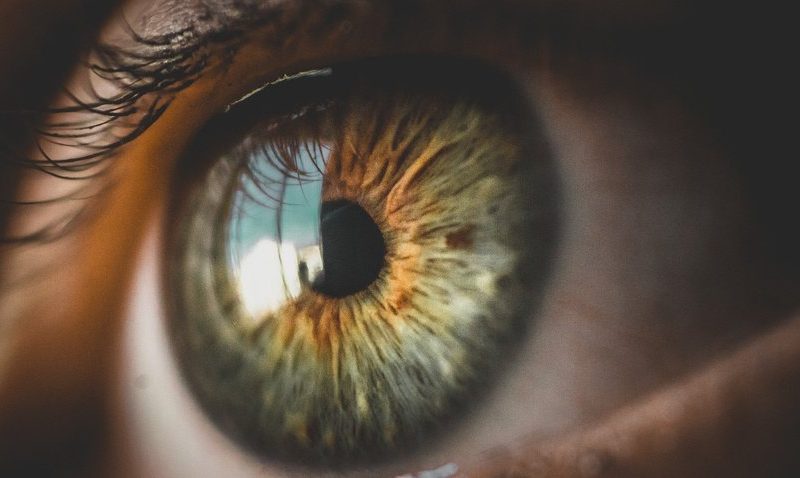Clear eyes, full pockets, can’t lose. Not long after chalking up nearly $60 million in proceeds from a public offering last summer, visual prosthetic maker Second Sight Medical has set its sights on expanding into new types of medical implants.
First to catch its eye is Nano Precision Medical, or NPM, which is in the process of building out a pipeline of devices placed under the skin to continually deliver drugs for chronic diseases such as diabetes, nonalcoholic steatohepatitis and more.
Second Sight has put forward an all-stock bid to acquire the privately owned NPM. Under the terms of the deal, NPM would merge with a subsidiary, retaining its existing name and leadership team while becoming wholly owned by Second Sight.
Approximately 134 million Second Sight shares are on offer. With its stock price closing at $1.40 on Monday, the last full day of trading before it announced the bid for NPM, that places the deal price in the ballpark of $188 million.
The deal has already received sign-offs from the boards of both companies and is expected to be completed sometime in the second or third quarter of this year. At that time, Second Sight’s shareholders will join NPM’s as backers of the combined company, with Second Sight’s shareholders taking on about 23% of the subsidiary.
Under the Second Sight umbrella, NPM will be led by its current CEO and chairman, Adam Mendelsohn, Ph.D., who also co-founded the startup.
Second Sight has received an FDA clearance and a CE mark for its Argus II device, a prosthesis that restores artificial vision to individuals with vision loss caused by retinitis pigmentosa.
The device is implanted into one eye, where it picks up images from a miniature video camera mounted on a pair of glasses and converts those images into electrical pulses sent directly to the retina. The electrical stimulation is read by the brain as a visual pattern of light, which users can learn to interpret into a sense of functional vision.
The company is also currently working on developing the Orion prosthesis system, which is aiming to restore vision for a wider range of patients, including those whose blindness is caused by glaucoma, diabetic retinopathy, optic nerve injury, cancer, trauma and more. Studies of the new device have received more than $6.5 million in funding from the National Institutes of Health.
NPM, meanwhile—which is backed by the likes of AstraZeneca—is currently in pre-clinical studies of the first subdermal implant in its NanoPortal pipeline, which treats Type 2 diabetes for up to six months by delivering exenatide, a GLP-1 receptor agonist that can improve insulin sensitivity and secretion.

